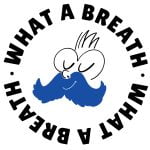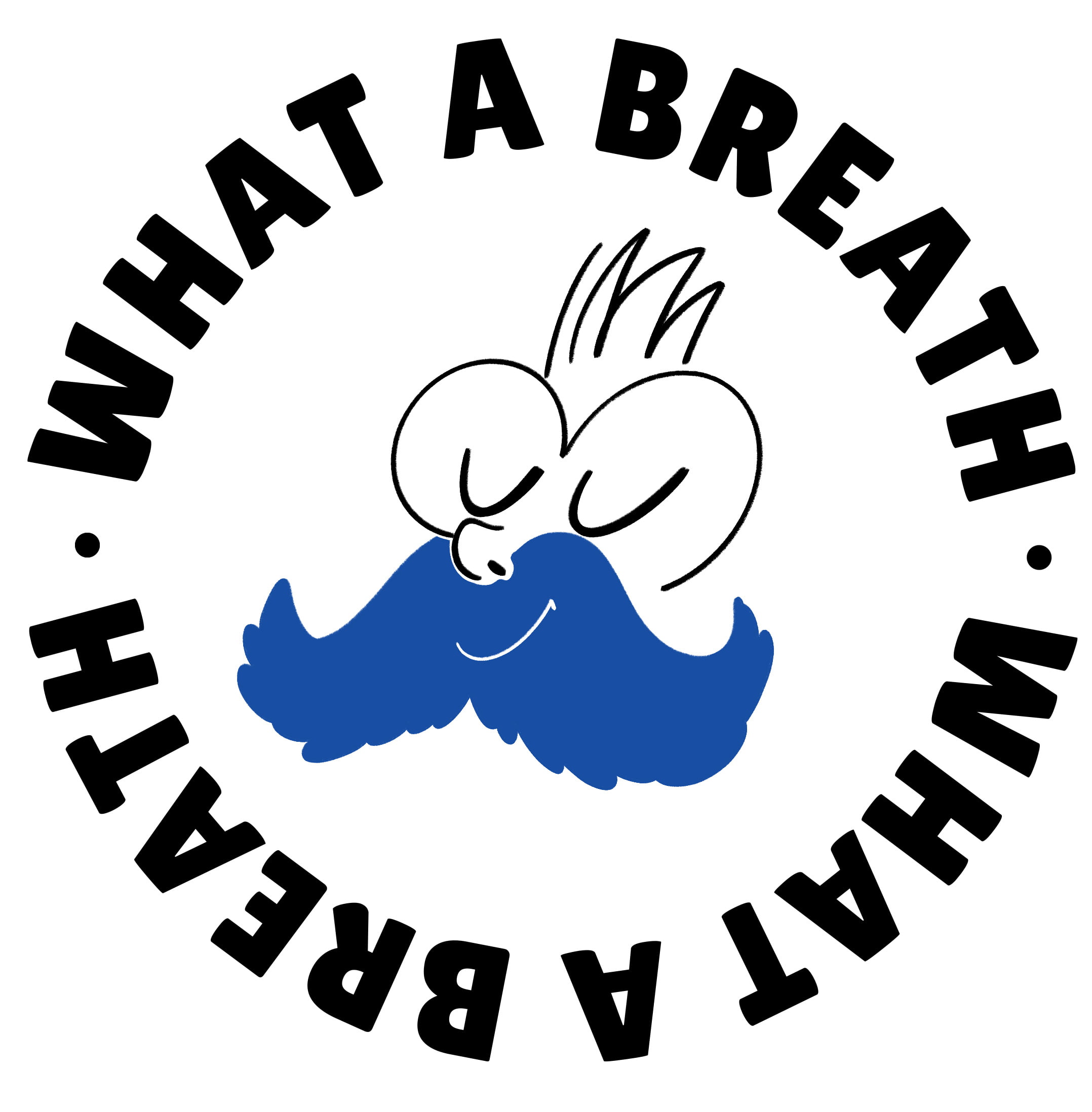Weeee, today we’re talking about anxiety, stress, and breathing! Anxiety, along with stress, is one of the most common (and overwhelming) challenges of our time. With hectic lifestyles, ever-increasing expectations, and constant stimuli, it’s easy to feel overwhelmed.
When anxiety takes over, it can negatively affect everything: work, relationships, and even physical and mental well-being.
But here’s the good news: we have a powerful tool within us to deal with it—conscious breathing. An ancient, simple, and accessible practice that can help restore calm and balance.
(And how are you doing? Are there any challenges, achievements, or moments you want to share? If you feel like it, drop me a message on IG, and we can chat about how breathwork might help you out.)
What is Anxiety?
Anxiety is a natural response of the body to stressful situations.
It’s a feeling of fear or worry about future events. Anxiety can be occasional, tied to specific situations like an exam or a job interview, or it can be chronic and pervasive, interfering with daily life and overall well-being.
Symptoms of anxiety can include palpitations, shortness of breath, sweating, trembling and a general sense of restlessness. While anxiety is a natural reaction, when it becomes excessive or persistent, it can negatively impact physical and mental health.
How Anxiety Affects Breathing
Anxiety has a direct impact on our breathing. When we’re anxious, our body enters a “fight or flight” state—an automatic response that prepares us to react to a perceived threat. This triggers various physiological changes, including an increase in respiratory rate.
Anxious breathing is often shallow and rapid, confined to the upper chest. This type of breathing can lead to hyperventilation, an excess of oxygen in the blood that can cause dizziness, tingling in the extremities, and increased anxiety. Shallow breathing reduces the effectiveness of oxygen transport to tissues and can contribute to feelings of panic.
Breathing Exercises to Relieve Anxiety
The Conscious breathing is a powerful practice to reduce anxiety and restore a sense of calm. A helpful exercise is diaphragmatic breathing, or abdominal breathing, which engages the diaphragm rather than the chest, resulting in deeper and more effective breaths. To practice it: sit or lie down in a comfortable position with your hands on your abdomen. Inhale slowly through your nose, allowing your abdomen to expand. Exhale slowly through your mouth, letting your abdomen deflate. Repeat this cycle for 5–10 minutes, focusing on the movement of your abdomen.
Another effective technique is the 4-7-8 breathing methoddeveloped by Dr. Andrew Weil. To practice it: sit comfortably with your back straight, close your eyes, and inhale through your nose while counting to 4. Hold your breath while counting to 7. Exhale completely through your mouth while counting to 8. Repeat the cycle 4 times.
Alternate nostril breathing, also known as Nadi Shodhana, is another effective exercise often used in yoga to balance the nervous system and promote calm. To practice it: sit comfortably with your back straight. Use your right thumb to close your right nostril and inhale slowly through your left nostril. Close your left nostril with your right ring finger, release your right nostril, and exhale through it. Inhale through your right nostril, close it, and release your left nostril to exhale. Repeat the cycle for 5–10 minutes.
These breathing exercises can be integrated into your daily routine to effectively manage anxiety. With regular practice, conscious breathing can become a powerful ally in your pursuit of balance and well-being.
How to Lower Your Heart Rate with Breathing
Conscious breathing not only helps reduce anxiety but can also lower your heart rate, further promoting a sense of calm. An elevated heart rate is often a symptom of anxiety and can intensify feelings of panic.
An effective technique to lower your heart rate is slow, deep breathingThis type of breathing stimulates the vagus nerve, an important part of the parasympathetic nervous system responsible for reducing stress and promoting calm. To practice it: sit or lie down in a comfortable position, close your eyes, and focus on your breath. Inhale slowly through your nose while counting to 5. Exhale slowly through your mouth while counting to 5. Continue this practice for at least 5 minutes, allowing your heart rate to gradually slow.
Another simple yet effective technique is box breathingThis exercise can be practiced anywhere and can quickly reduce your heart rate. To practice it: sit comfortably and close your eyes. Inhale slowly through your nose while counting to 4. Hold your breath for a count of 4. Exhale slowly through your mouth while counting to 4. Pause for a count of 4 before repeating the cycle. Continue for 5–10 minutes.
These breathing techniques not only help calm anxiety but can also positively impact cardiovascular health, reducing the risk of hypertension and other stress-related heart problems. Incorporating conscious breathing into your daily routine can lead to lasting benefits for your physical and mental well-being.
Conclusion
Anxiety can be a debilitating condition, but through the practice of conscious breathing, it’s possible to alleviate its symptoms and restore a sense of calm and well-being. Breathing exercises like diaphragmatic breathing, the 4-7-8 technique, and alternate nostril breathing offer powerful tools for managing anxiety. Additionally, slow, deep breathing can help reduce your heart rate, further promoting relaxation. The key is to practice regularly and find the exercises that work best for you. Over time, conscious breathing can become a valuable ally in managing anxiety.
If you found this topic interesting, you might also like my article "How to Relieve Stress with Breathing“.






